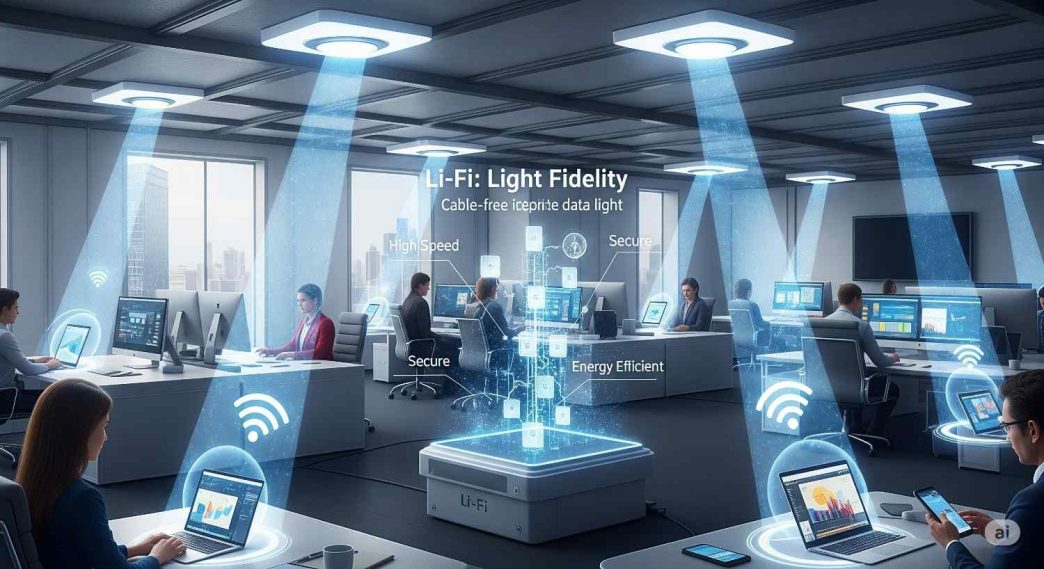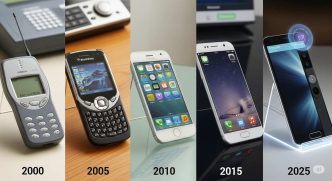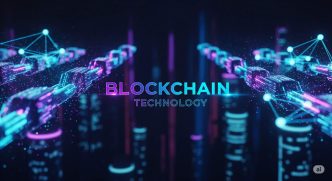Discover how Li-Fi technology works, its advantages over Wi-Fi, and whether light-based internet is the future of connectivity.
Introduction
The demand for faster, safer, and more reliable internet is constantly growing. While Wi-Fi has been the backbone of wireless communication for decades, a new contender is emerging — Li-Fi technology. Short for Light Fidelity, Li-Fi uses visible light from LED bulbs to transmit data at lightning speeds. This revolutionary approach could change the way we connect to the internet, offering high bandwidth, enhanced security, and reduced network congestion.Li-Fi technology
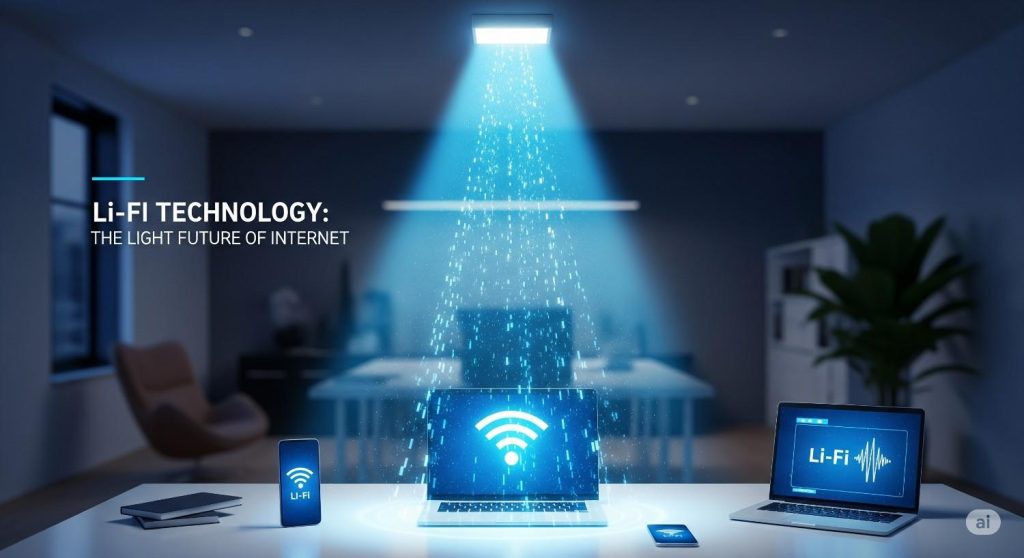
What is Li-Fi Technology?
Li-Fi is a wireless communication system that uses light waves instead of radio waves to transmit data. It works through LED light bulbs equipped with a microchip that modulates light signals at incredibly high speeds — far too fast for the human eye to detect.
The receiver, typically a photodetector, converts these light signals back into electrical data, enabling internet access.
How Li-Fi Works
- LED Light Source – Acts as the transmitter.
- Modulation – Data is encoded into the light by rapidly switching it on and off.
- Photodetector Receiver – Captures the light signal.
- Conversion – Converts light into electrical data.
Because Li-Fi uses visible light communication (VLC), it can transmit data at speeds exceeding 224 Gbps under lab conditions — much faster than most Wi-Fi networks.
Li-Fi vs Wi-Fi: Key Differences
| Feature | Li-Fi Technology | Wi-Fi Technology |
|---|---|---|
| Transmission Medium | Visible light | Radio waves |
| Speed Potential | Up to 224 Gbps | Up to 10 Gbps |
| Security | High (light can’t pass through walls) | Moderate |
| Interference | Low (no electromagnetic interference) | Higher |
| Range | Limited to light coverage area | Wider range |
SEO Tip Applied: Table format for user engagement + keyword “Li-Fi vs Wi-Fi”
Advantages of Li-Fi Technology
- Ultra-Fast Speeds – Suitable for 4K/8K streaming, VR, and AR applications.
- Enhanced Security – Light doesn’t penetrate walls, reducing hacking risks.
- No Spectrum Congestion – Utilizes the visible light spectrum, which is vast and unregulated.
- Energy Efficiency – LED lights can provide both illumination and data transmission.
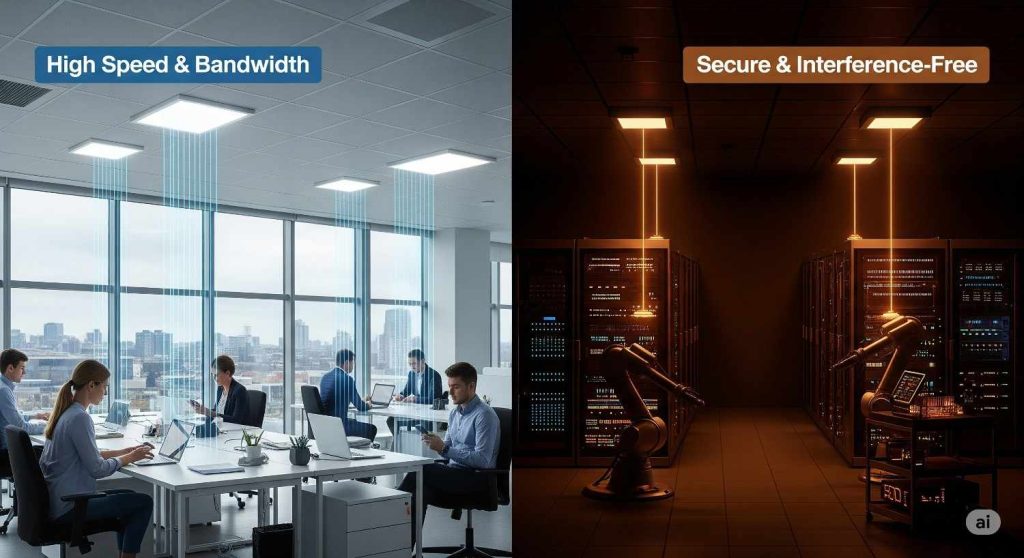
Challenges and Limitations
- Line of Sight Required – Obstacles can block the light signal.
- Limited Range – Works only where light can reach.
- Weather Interference – Outdoor Li-Fi may be affected by sunlight or heavy fog.
- Infrastructure Cost – Requires upgrading lighting systems with Li-Fi-enabled LEDs.
Future Applications of Li-Fi Technology
- Hospitals & Aircrafts – Where radio frequency interference is problematic.
- Underwater Communication – Radio waves don’t travel well underwater, but light does.
- Smart Cities – Streetlights could provide internet access.
- Industrial Automation – Secure, high-speed data transfer in factories.
Is Li-Fi the Future of the Internet?
While Li-Fi technology may not completely replace Wi-Fi, it can complement it. Hybrid systems combining both technologies could deliver ultra-fast, secure, and interference-free internet in specific scenarios. With increasing research and commercial trials, Li-Fi has the potential to become a mainstream part of our connectivity ecosystem within the next decade.
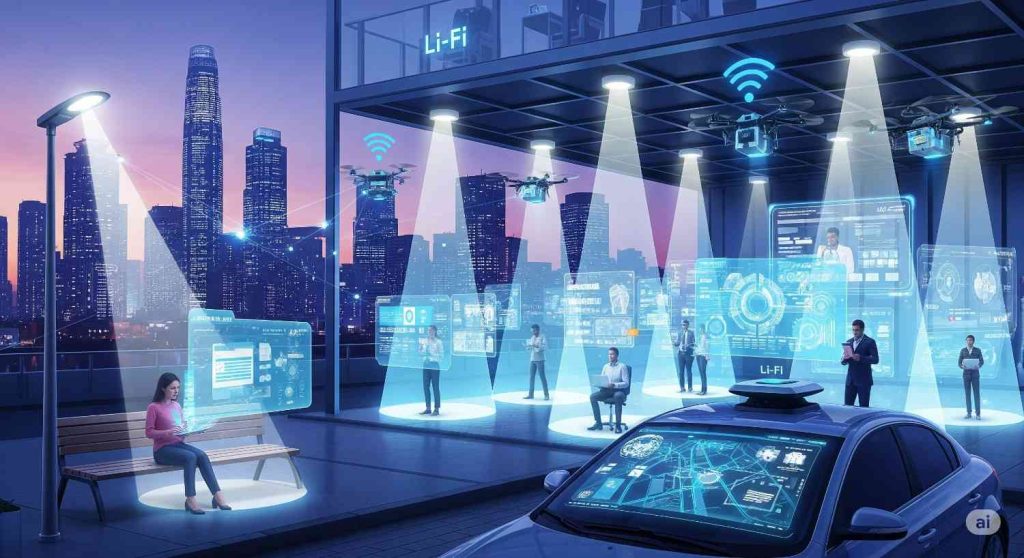
FAQs : Li-Fi Technology
1. What is Li-Fi technology?
Li-Fi is a wireless communication technology that uses visible light from LED bulbs to transmit data at high speeds.
2. How fast is Li-Fi compared to Wi-Fi?
Li-Fi can reach speeds of over 200 Gbps in lab conditions, which is much faster than most Wi-Fi networks.
3. Is Li-Fi more secure than Wi-Fi?
Yes, Li-Fi signals cannot pass through walls, making it harder for unauthorized users to access the network.
4. Can Li-Fi work without light?
No, Li-Fi requires light to transmit data, so it doesn’t work in complete darkness.
5. Where can Li-Fi be used?
Li-Fi is ideal for hospitals, airplanes, underwater communication, and areas where radio waves are restricted.
Conclusion
Li-Fi Technology offers a glimpse into the future of high-speed, secure, and energy-efficient internet. By harnessing the power of light, it promises to overcome some of the key limitations of traditional wireless networks. As technology matures, Li-Fi could play a crucial role in shaping the next era of connectivity.

